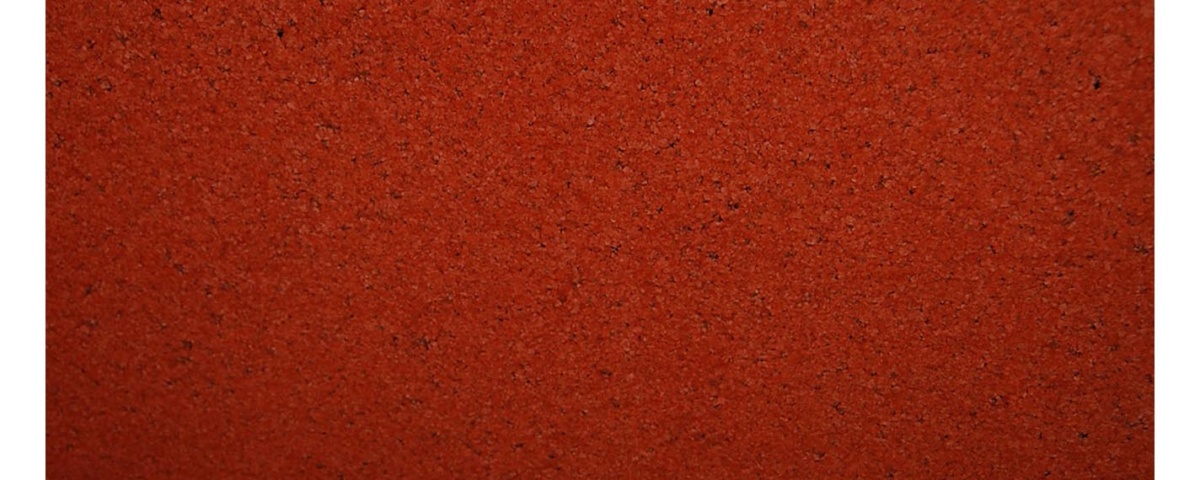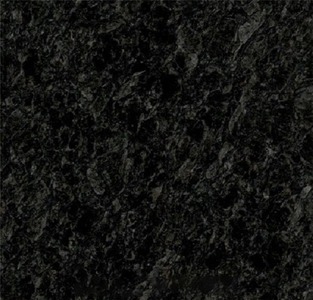
Which Is the Best Market for Marble in India?
November 4, 2024
Everything You Need to Know About Desert Brown Granite
November 18, 2024How is Red Granite Made?
Red granite, with its rich color and strength, is now used in both homes and businesses around the globe. Red granite is well known for its rich color and interesting texture that can be used in countertops, flooring, and wall Cladding. This particular granite has been formed by natural minerals deep within the earth’s crust over millions of years and that is what gives it these lovely red colors. Tripura Stones is a reputed Imperial Red Granite exporter in India, which offers high-quality red granite to its clients from quarries. Now, let’s have a closer look at the natural process of formation of red granite and why it is still in great demand in construction and design.
The Formation of Red Granite
Red granite is an igneous rock that is formed deep in the earth's crust. It is formed from the slow cooling of molten magma under high pressure and temperatures. This natural process is a slow one and takes millions of years and it is during this time that the red granite acquires its various color combinations with intricate designs.
The Role of Magma
Red granite and other granite varieties are formed from molten rock or magma that cools and then hardens beneath the surface of the Earth. Magma cools down slowly and not rapidly which means large crystals are formed in this case. These crystals form the characteristic coarse-grained structure of granite, and every slab of granite is different from the other.
Minerals That Give the Red Color
Granite color ranging from red is attributed to the presence of particular minerals in granite stones. The substance that is mostly blamed for the red color in granite is iron oxide. During their formation, small quantities of iron oxide are combined with other minerals to give the stone a red or pinkish color. Besides iron oxide, other minerals that make granite include quartz, feldspar, and mica all of which enhance the strength, look, and feel of the granite.
Slow Crystallization Process
Granite is formed many miles beneath the surface of the earth, and as such it cools very slowly. This slow cooling helps the formation of large crystals thus giving the granite a coarse grain aspect. These larger mineral crystals give red granite a high strength and make the stone fit for several uses in construction and design.
Additional Mineral Inclusions
Besides iron oxide, red granite may contain other minerals such as quartz and feldspar. Quartz a mineral that is commonly found in granite gives granite its stiffness and hence red granite is not easily scratched or damaged. Feldspar, however, provides shine to granite and also enhances the durability of the stone. Mica gives a scintillating touch, which works to improve the aesthetics of red granite.
Red granite extraction and processing
Quarrying
Red granite is extracted from quarries where large chunks of granite are obtained. Particular methods are employed to split and raise such blocks without compromising the designs on the stone face. Quarrying also involves the use of professional people who have to use diamond wire saws and other mechanical tools to cut the granite from the ground manually.
Cutting and Shaping
After that, the granite blocks are shipped to processing plants where these are cut into slabs or any other form as per the requirement. Diamond-tipped saws and water-cooled cutters are normally used for this, in order to get clean cuts with as little wastage as possible. This process assists in forming the granite into countertops, tiles, or large slabs which are then used in construction.
Polishing
After cutting, the granite slabs are then polished to make the stone bright and to give it brighter color. Polishing on the other hand is done with fine abrasives coupled with water to produce a shiny surface. This polished finish is what enhances the red color of granite as well as the intricate minerals in it.
Quality Checks
In order to advance quality assurance of the granite, each slab is subjected to examination. This entails checking for any cracks, variations in color, and any other inherent features that the wood may have. Inspections are done to ensure that the granite is properly fit to be sold for export and use in construction and other main projects.




